Lebanon’s Hezbollah has demonstrated increasingly sophisticated drone capabilities, posing a serious challenge to Israel’s air defenses. According to a recent report from AP News, the militant group successfully struck one of Israel’s key air surveillance systems using an explosive drone in mid-May.
Evolving Drone Tactics
Hezbollah has been leveraging drones more frequently in its ongoing conflict with Israel. The group’s May attack targeted a blimp used in Israel’s missile defense system, located about 22 miles from the Lebanon border. Hezbollah released footage claiming to show their Ababil drone scoring a direct hit on the Sky Dew blimp, which Israeli military sources confirmed.
“This attack reflects an improvement in accuracy and the ability to evade Israeli air defenses,” noted a report from the Institute for National Security Studies, affiliated with Tel Aviv University.
Challenges for Israeli Defense
While Israel has invested heavily in air defense systems like Iron Dome and David’s Sling to counter rockets and missiles, the drone threat has received less attention. Fabian Hinz, a research fellow at the International Institute for Strategic Studies, explained:
“It is a threat that has to be taken seriously. And as a result there has been less effort to build defensive capabilities [against drones].”
Drones pose unique challenges for air defense systems due to their smaller size and slower speed compared to missiles and rockets. This makes them harder to detect and intercept, especially when launched from close range.
Iranian Support and Manufacturing Capabilities
Hezbollah’s drone program has benefited significantly from Iranian support. While the group claims to manufacture some drones domestically, it primarily relies on Iranian-made Ababil and Shahed models. Hezbollah has also demonstrated the ability to use drones armed with Russian-made guided missiles.
Despite Israeli efforts to target key figures in Hezbollah’s drone program, including the killing of Hassan Lakkis in 2013 and more recent strikes in Syria, the group’s capabilities continue to expand.
Broader Implications
The increasing sophistication of Hezbollah’s drone operations reflects a wider trend in asymmetric warfare. As Emad Abshenass, an Iranian political analyst, noted:
“Israel’s air force can fire missiles on different parts of Lebanon, and now Hezbollah has drones and missiles that can reach any areas in Israel.”
This development underscores the evolving nature of regional conflicts and the challenges faced by conventional military forces in countering such threats.
DroneXL’s Take
The advancement of Hezbollah’s drone capabilities highlights the rapid proliferation of Drone Technology in conflict zones. While this particular case involves military applications, it underscores the broader implications of drone technology in various sectors. For instance, recent developments in search and rescue drones demonstrate how this technology can also be harnessed for humanitarian purposes. As drone technology continues to evolve, it’s crucial to consider both its potential benefits and risks across different applications.
Discover more from DroneXL
Subscribe to get the latest posts sent to your email.


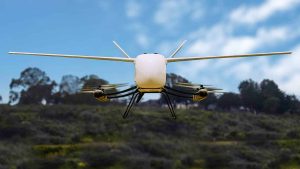

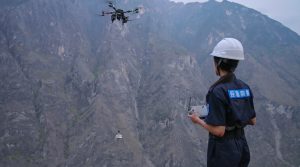


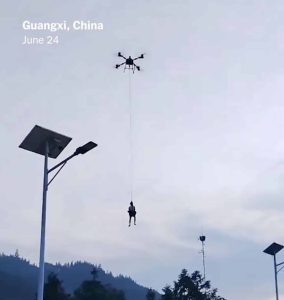
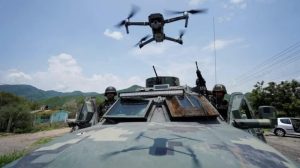
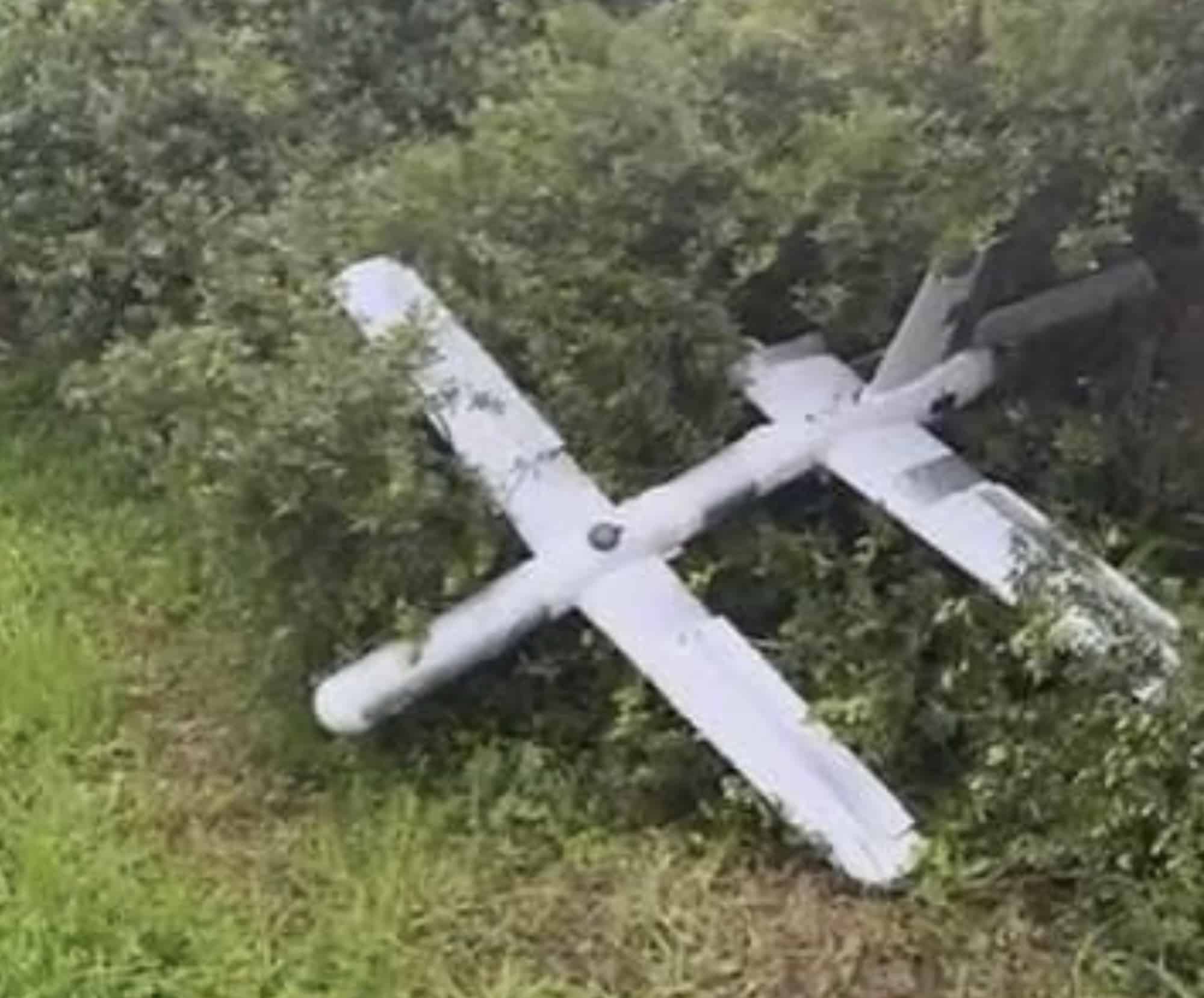


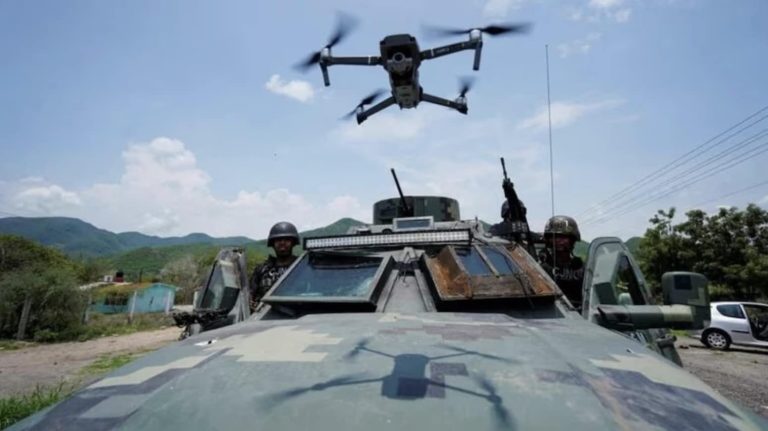

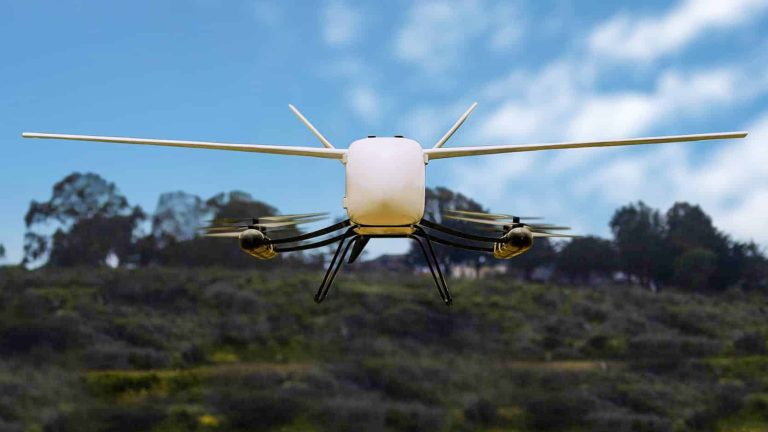


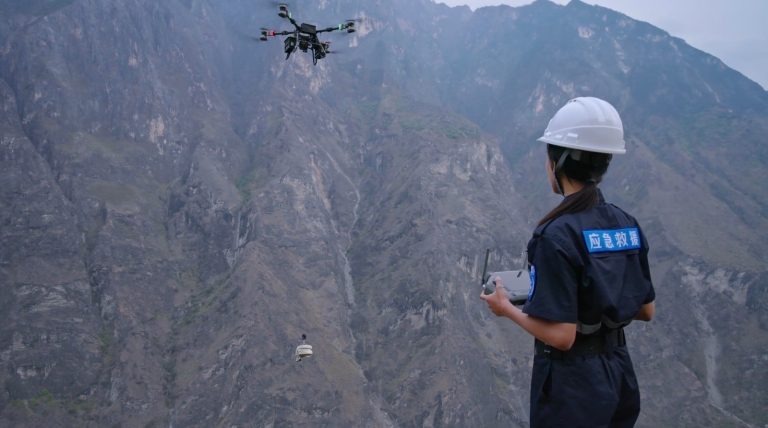


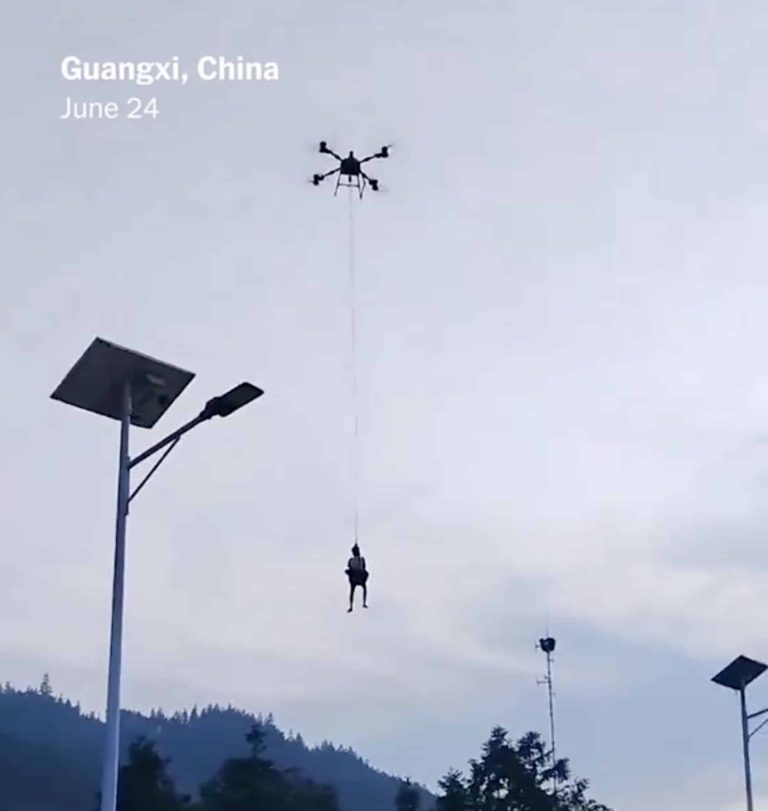
+ There are no comments
Add yours